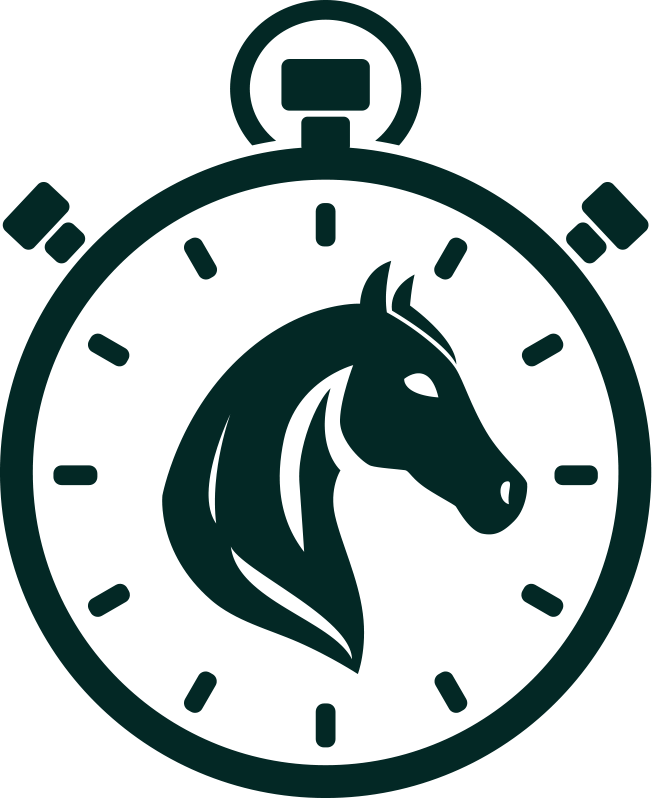Title: "Northeastern University’s Equestrian Club: Balancing Passion, Commitment, and Competition"
Tucked away from the urban rush of Boston, Northeastern University’s Equestrian Club fosters a sense of community for people who love horses.
The Equestrian Club is built on passion and dedication; members ride in most weather conditions and commute for over an hour twice a week, training effectively while also juggling classes and co-op.
Their training facility, Cranberry Acres in Marshfield, Mass., is 31 miles from campus. The drive can take riders more than two hours round trip — a schedule that may seem arduous at first, but one they adapt to with an ease that surprises even the most veteran members.
“We have people who joined the club in their second or third year, and I’m always very impressed with how they manage it, because I cannot imagine having not had that for two years and then all of a sudden having 10 hours taken away,” Weisbeek said.
Each week, riders travel together in Northeastern’s certified vans or in personal cars to Cranberry Acres, select horses depending on availability and spend an hour-long session working on skills specific to their division. Though practice itself is only an hour, the commute and management of the horses takes up to 4 hours, so riders have to block off two afternoons a week to participate.
Northeastern competes in the Hunter Seat division of the Intercollegiate Horse Show Association, or IHSA. The association is divided into six divisions, ranging from intro — walk-trot — to open, where riders jump fences between 2.9 and 3 feet high.
The Hunter Seat division includes two classes: flat and fences. Flat focuses on the rider’s ability to control the horse’s movement, and fences involve the rider guiding their horse through a set course of jumps. Riders can choose which class they want to compete in.
For each competition, the host school provides riders with horses through a random drawing. Riders are given a one-sentence description and can watch the horse warm up, but they have no prior experience with how it feels, moves or behaves.
“I bring it down to the basics and treat them like I would treat a young horse, that’s how I found the most success,” Harris said.
The work inside and outside of the barn is ongoing and intensifies during the first months of the fall semester, as horse shows begin in October. Riders are expected to set aside about 10 hours each week for practice.
“I always tell people that in September, we hit the ground running. It’s crazy and chaotic. It feels like you never get a break,” said Philine Weisbeek, a recent behavioral neuroscience graduate and former president of the club.
Miranda Rodolakis, who graduated in 2025 with a degree in political science and human services, was on the team for four years and experienced what it was like to balance classes and co-ops with training.
“It takes up a lot of time in busy semesters or if you’re in co-op and you have to get up for work the next day,” Rodolakis said.
Jacob Harris, a rising fourth-year business administration and accounting combined major, joined the team during his third year. Although he was not new to riding — he grew up around horses at a farm in Ohio — he had not had the opportunity to join the club earlier due to enrolling in NU Bound in his first year and transitioning to the Boston campus his second year.
He joined the club while on co-op and enjoyed being able to ride as a way to disconnect from work.
“It was nice having those times blocked out where I was like, ‘Okay, I won’t be available. My laptop will be closed; I’ll be back on later,’” Harris said.
But that time away from schoolwork comes with a significant level of dedication.
“The commitment riders have to put in is comparable to a part-time job, which can sometimes deter potential new members from joining,” Rodolakis said.
With all the work put in throughout the semester, nerves run high before a competition. Riders have to be fully concentrated to put on their best performance and each has their own rituals and strategies to stay grounded.
For some, it’s about bonding.
“We’ll try and have a team gathering before a horse show, just to be together and have fun before we go to compete the next day,” Rodolakis said.
For others, it’s about personal traditions. At her first show as a first-year, Weisbeek brought a baguette and a piece of cheese as her midday snack. Everyone thought she was a bit crazy, but she said it brought her good luck. Now, she hopes someone else will carry on the tradition.
“I don’t know who’s gonna keep that one going, but that’s just like a funny little tradition that we’ve had the past four years,” she said.
Other riders, like Harris, avoid putting themselves under pressure so they don’t lose sight of the main goal of the sport: having fun.
“I go in for more fun than anything else, and I never really viewed it with pressure. There’s no finals that I’m doing, or there’s no big money to win at the end,” he said.
Consistent preparation for unexpected situations helps, too.
“We always ride different horses in lessons. We’re switching constantly. So a lot of it comes down to prep and trusting your tools in your toolkit,” Weisbeek said.
Having the training facility miles away from campus may seem inconvenient. However, compared to other schools in the area, Northeastern’s club promises riders a broader range of training opportunities.
“We try to get riders out as often as possible … I know there’s teams in the area that promise six lessons total. Our lessons are once or twice a week for eight weeks. So at minimum you have eight lessons, and at maximum you have 16 [per semester],” Weisbeek said.
If a rider competes individually, they must earn 36 points to qualify for regionals. Due to the limited number of shows Northeastern’s riders attend yearly, it typically takes multiple years of experience to qualify.
At regionals, riders must place in the top-two to advance to zones (the next step on the competition), and from there, a top-two finish is required to reach nationals. Zones are big areas that are divided into regions, and both are determined by the geographic location of the competitor’s university.
In nationals, riders compete against the other zone winners for a spot on the podium.
For team competition, the system differs. The team must win its region, just like Northeastern did this year. Winning the region earns a spot at zones, where the top two teams move on to nationals, which was the case for Northeastern’s club this year as well.
In the 2025 season Weisbeek placed second in the open division at nationals.
The silver medal was a reward for all the hard work she put in during the last three years. She said experience helped a lot.
“Nationals is a really, really big environment. There’s a lot of spectators,” she said. “I think having been the years before, it makes the whole situation a little less unexpected compared to our regular season shows.”







